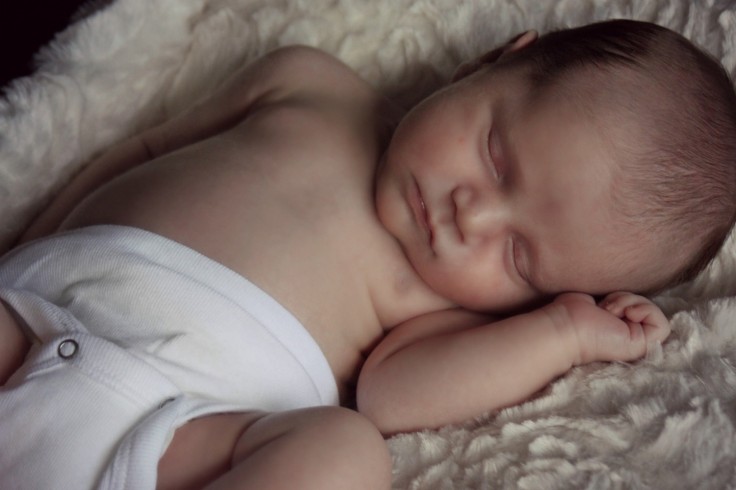
If a baby is napping on its side, parents should change its position as the safest sleeping position for a baby is on its back, according to Medical News Today . Also, putting the baby to sleep on their back significantly reduces the risk of sudden death syndrome (SIDS), the nation's fourth leading cause of infant death.
According to the National Institutes of Health (NIH), the rate of SIDS dropped by 50 percent between 1994 and 1999. The number of back sleeping doubled in the same period due to SIDS prevention campaigns encouraging this position for infants. Parents and caregivers usually worry about what to do when a baby starts to roll onto their side or stomach. In most cases, moving the baby back is not necessary. However, people should continue to put the baby to sleep on its back even after it rolls over.
The baby should always sleep on firm and flat surfaces, such as a crib or bassinet, as this also helps minimize SIDS risks. When babies sleep, they tend to do frog legs during the first month or two, but this is because their nervous system matures.
AAP: Side sleeping is not safe for babies and offers no benefits
Some individuals mistakenly believe that side sleeping is safe for babies who vomit or have reflux, but this claim is not supported by enough evidence. Babies with reflux are no more likely to choke when they sleep on their backs. Some medical providers advised placing newborns on their side to clear amniotic fluid. However, there's also no evidence to support such a recommendation.
Babies sleeping on their sides are more likely to fall onto their stomachs. Also, a baby is too young to support their heads; therefore, there's a big possibility that their face becomes stuck against the mattress, making it hard to breathe. Usually, babies can fully support and lift their heads by four months. By the age of 3 or 4 months, numerous babies start attempting to roll over, and between 4 and 6 months, many can roll from their back to their stomach and eventually back to their first position.
If the baby is old enough, there's no need to worry if they roll onto their side or stomach as long as they can support themselves and are in a safe sleeping environment.
Nevertheless, the American Academy of Pediatrics (AAP) emphasizes the fact that side sleeping is not safe for babies and offers no benefits.
Changing baby sleeping positions
Many babies sleep better on their side, making the position even more dangerous as they tend to sleep deeper for longer and may be more difficult to awaken. Infants may not wake up if they cannot breathe or need to move compared to older babies.
The easiest way to change a baby's sleep position is to start putting them to sleep on their back. Parents may need to help the baby slowly adapt to such a new position by nursing them to sleep before bed. You can gently rub their bellies or sing to them until they fall asleep.
What to Expect notes that the main rule is to place the baby to sleep on his back from the moment he is born to reduce the risk of any syndrome.